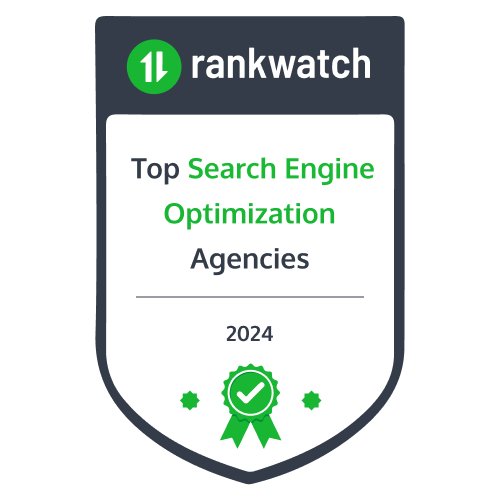Search Engine Marketing (SEM) is a cornerstone of digital marketing strategies, helping businesses enhance their online visibility and reach potential customers through paid advertisements on search engines like Google, Bing, and Yahoo. Here are 11 proven benefits of SEM that every marketer should be aware of:
Also here are some stats on SEM marketing
- The click-through rate for organic searches in 2019 was 47.4% according to SMA marketing 2021
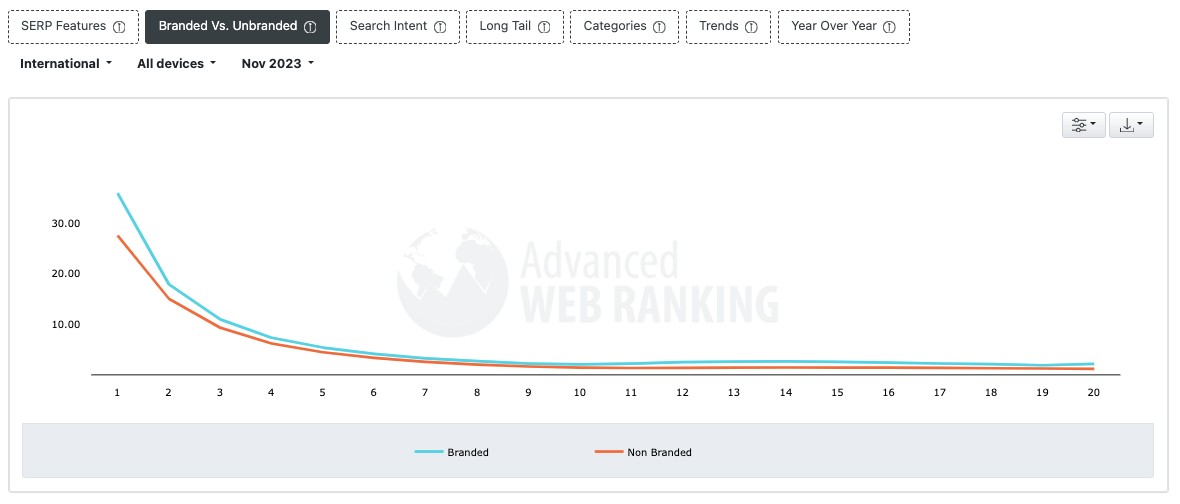
- 86% of users look for information online at least two times a month.
- 68% of all traceable website traffic comes from organic and paid searches (SMA Marketing, 2021).
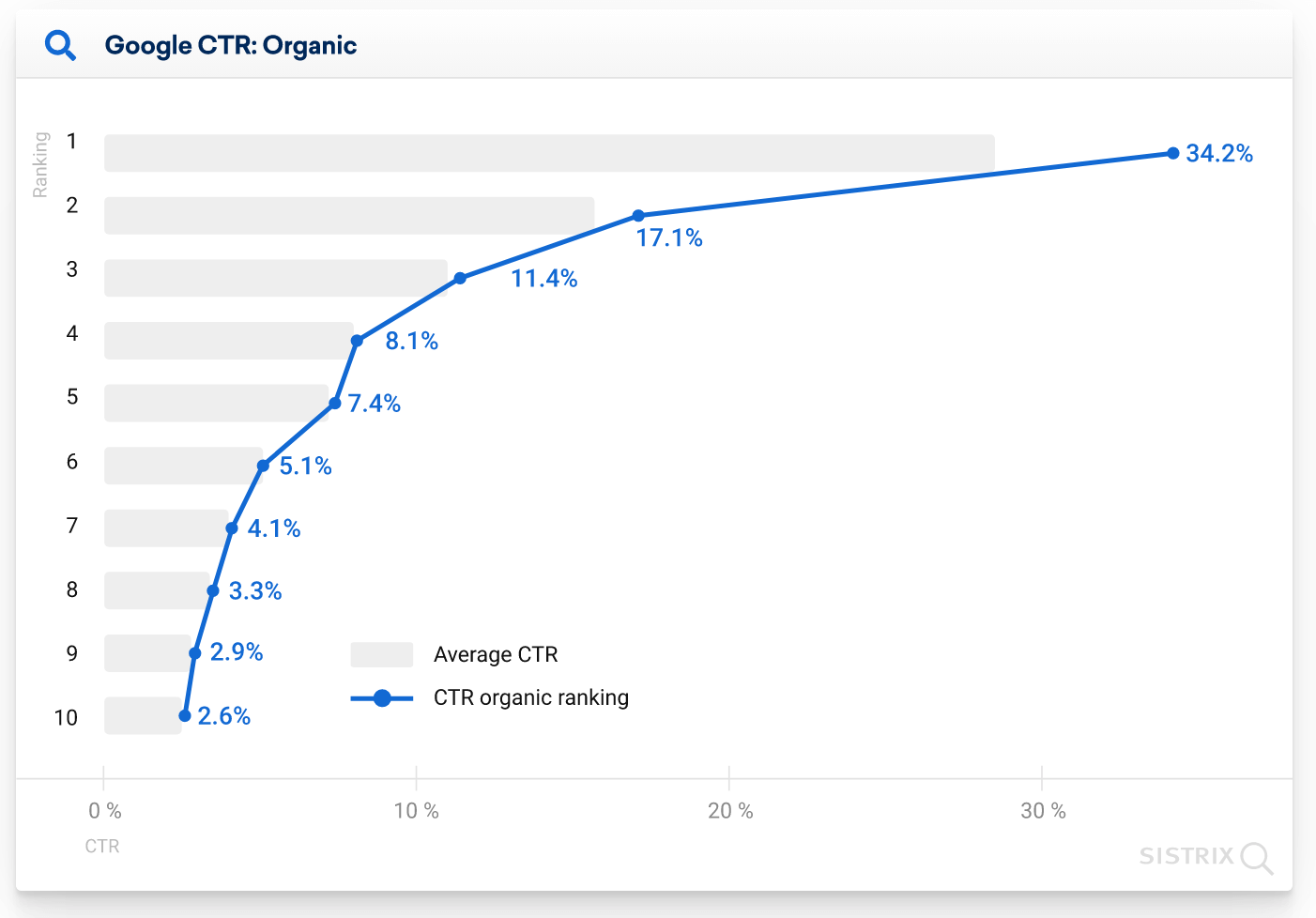
- Between 2019 and 2021 traffic grew by 107%
- Bing processes 12 billion queries each month.
1. Immediate Visibility
Explanation:
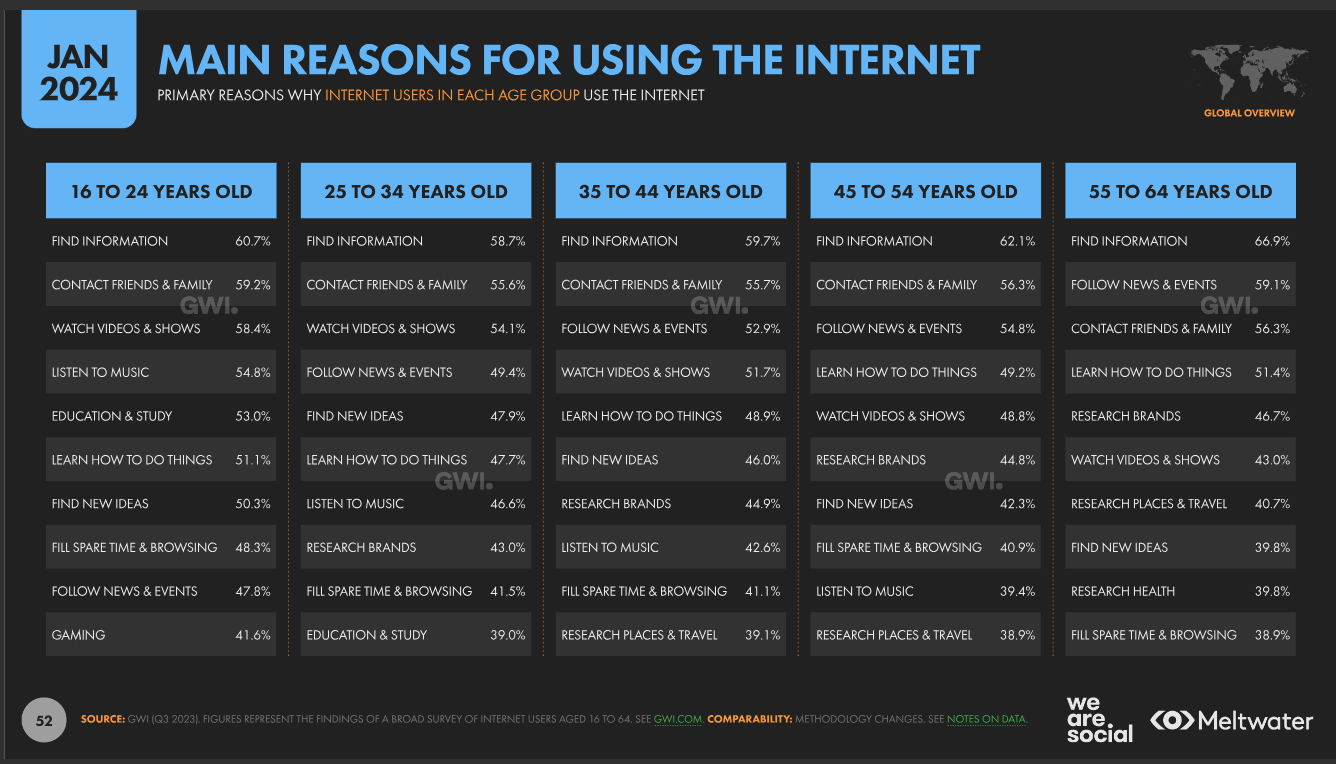
Unlike organic search strategies which can take months to yield results, SEM provides immediate visibility. As soon as your campaign is live, your ads can appear in search engine results, making it a quick way to reach your target audience.
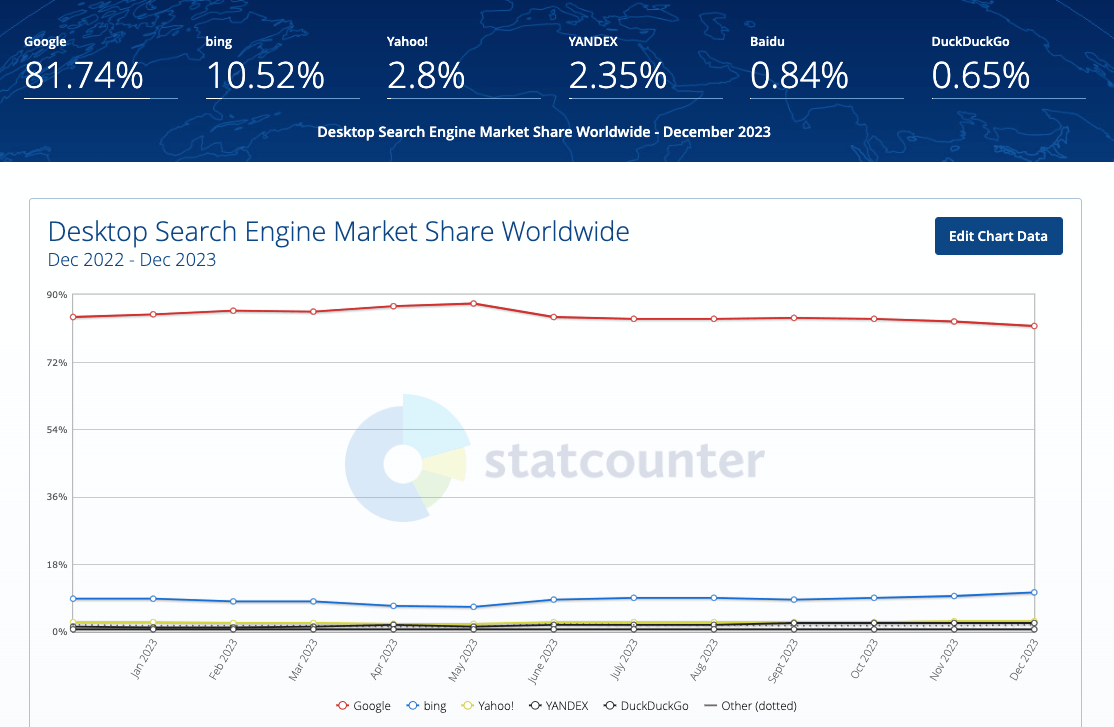
Impact:
Immediate visibility helps businesses quickly attract potential customers, which is especially beneficial for time-sensitive campaigns or new product launches.
2. Targeted Advertising
Explanation:
SEM allows for precise targeting based on keywords, location, demographics, and even the time of day. This ensures that your ads are shown to users who are most likely to be interested in your products or services.
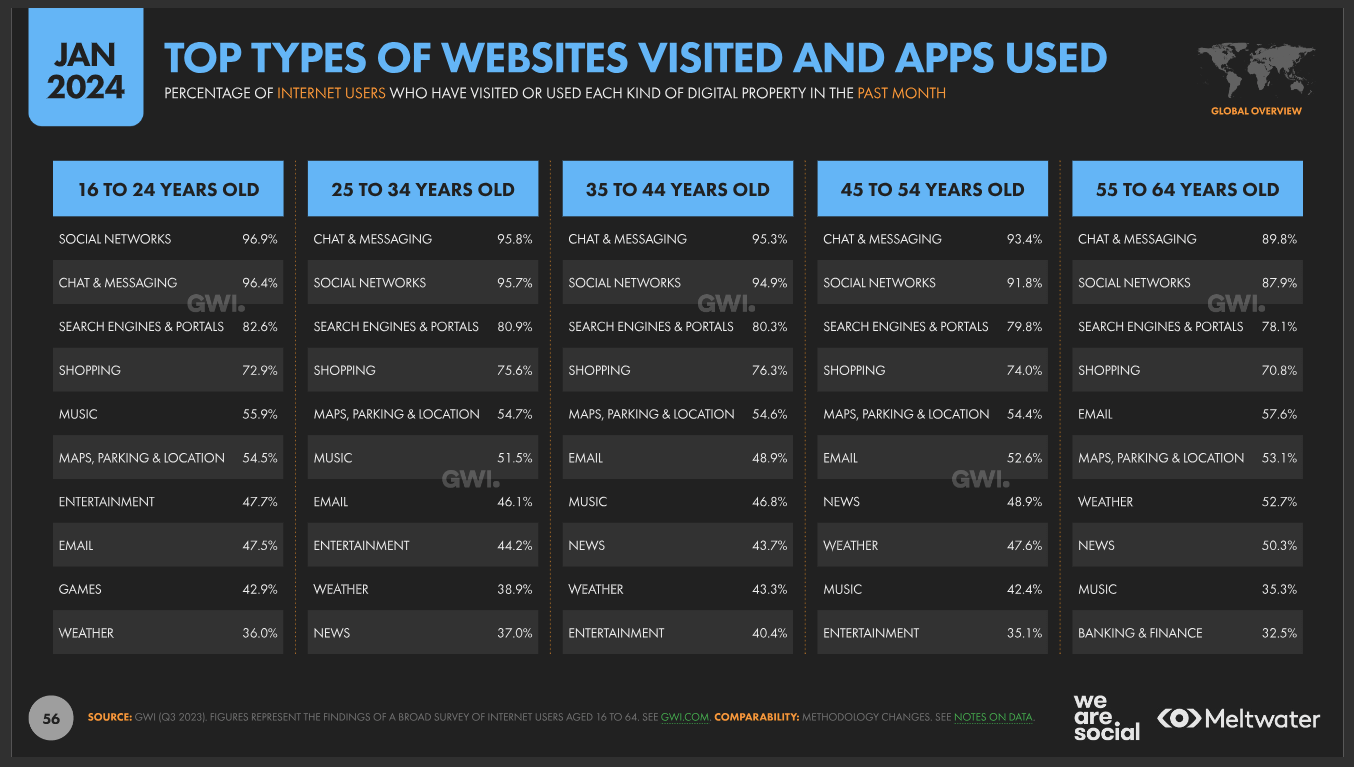
Also
- 38% of American Bing users generate more than $100,000 in household income (Marketing Evolution, 2021).
- Users who totally ignore paid advertisements are between 70% and 80% (SMA Marketing, 2021).
Impact:
By reaching a highly targeted audience, SEM increases the chances of converting visitors into customers, thereby improving the return on investment (ROI).
3. Cost-Effective
Explanation:
SEM operates on a pay-per-click (PPC) model, meaning you only pay when someone clicks on your ad. This makes it a cost-effective advertising method because you’re paying for actual engagement rather than impressions.
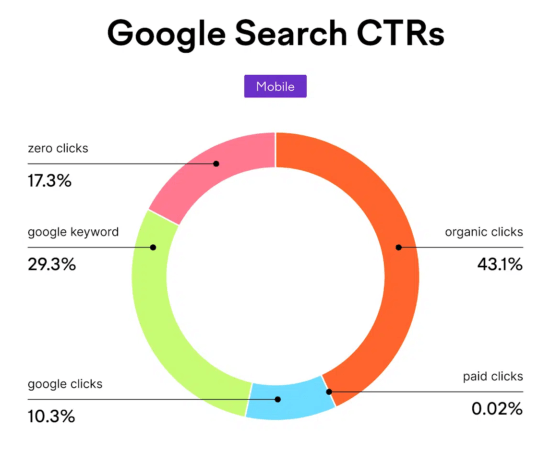
Impact:
The cost-effective nature of SEM allows businesses of all sizes to compete in the digital space without needing a massive advertising budget.
- Long-tail keyword searches gain a 3% to 5% higher click-through rate than organic searches (IMPACT).
4. Measurable Results
Explanation:
SEM platforms like Google Ads provide detailed analytics that track the performance of your campaigns, including metrics such as impressions, clicks, conversions, and the cost per conversion.
Impact:
These measurable results enable marketers to fine-tune their strategies, allocate budgets more effectively, and demonstrate the ROI of their campaigns.
5. Enhanced Brand Awareness
Explanation:
Even if users don’t click on your ads, the visibility of your brand name and message in search results helps to increase brand awareness. Over time, this repeated exposure can lead to greater recognition and trust in your brand.
Impact:
Enhanced brand awareness can lead to increased direct traffic, more branded searches, and higher overall sales.
6. Geotargeting
Explanation:
SEM allows businesses to target specific geographic locations, ensuring that their ads are seen by potential customers in relevant areas.
Impact:
Geotargeting is particularly beneficial for local businesses that want to attract customers from a specific region, city, or neighborhood.
7. Ad Customization
Explanation:
SEM platforms provide a variety of ad formats and customization options, including text ads, display ads, shopping ads, and more. You can tailor your ads to align with your marketing goals and the preferences of your target audience.
Impact:
Ad customization allows for more effective communication of your value proposition, leading to higher engagement and conversion rates.
8. Competitive Advantage
Explanation:
SEM enables businesses to compete with larger companies by appearing alongside them in search results. With a well-optimized campaign, even small businesses can achieve significant visibility.

Here’s how JetBlue did it
Jetblue believed its competitive advantage was its free baggage offer and it continued that for years. But after getting flight data and feedback on pricing, customers preferred cheaper tickets.
For data gathering and other things they used Qualtrics and improvised their customer experience.
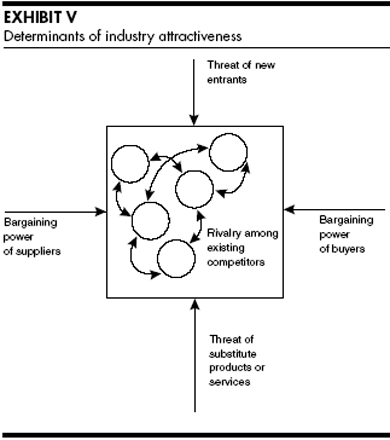
Impact:
This competitive advantage can level the playing field, allowing smaller companies to attract customers who might otherwise gravitate toward larger, more established brands.
9. Scalability
Explanation:
SEM campaigns can be easily scaled up or down based on performance and budget. You can start with a small investment and gradually increase your spend as you see positive results.
Impact:
Scalability ensures that your marketing efforts can grow in tandem with your business, allowing for sustained and manageable growth.
10. Enhanced User Experience
Explanation:
Effective SEM strategies often involve creating high-quality, relevant landing pages that provide a positive user experience. These pages are designed to match the intent of the user’s search query, offering them valuable information or a solution to their problem.
Impact:
Enhanced user experience leads to higher satisfaction, which can improve conversion rates and foster customer loyalty.
11. Integration with Other Marketing Channels
Explanation:
SEM can be seamlessly integrated with other digital marketing channels such as SEO, content marketing, social media, and email marketing. This creates a cohesive and comprehensive marketing strategy.
Impact:
Integration with other channels amplifies the overall effectiveness of your marketing efforts, leading to better results across the board.
Integrating Search Engine Marketing (SEM) with other marketing channels creates a comprehensive, cohesive strategy that enhances overall effectiveness. Here’s an in-depth look at how SEM can work in tandem with various other marketing channels:
1. SEO (Search Engine Optimization)
Explanation: SEM and SEO are often seen as two sides of the same coin. While SEM involves paid strategies to appear in search engine results, SEO focuses on organic strategies to achieve the same goal.
Integration:
- Keyword Synergy: The keyword research done for SEM campaigns can inform your SEO strategy. High-performing PPC keywords can be targeted for organic optimization.
- Data Sharing: Insights from SEM campaigns, such as click-through rates (CTR) and conversion rates, can help refine SEO strategies.
- Testing Ground: SEM can be used to test the effectiveness of keywords and ad copy before committing them to long-term SEO efforts.
Impact: Integrating SEM and SEO ensures a more robust presence in search engine results pages (SERPs), covering both paid and organic listings, which can improve overall visibility and traffic.
2. Content Marketing
Explanation: Content marketing focuses on creating valuable, relevant content to attract and engage an audience.
Content marketing works well if you do keyword research right:
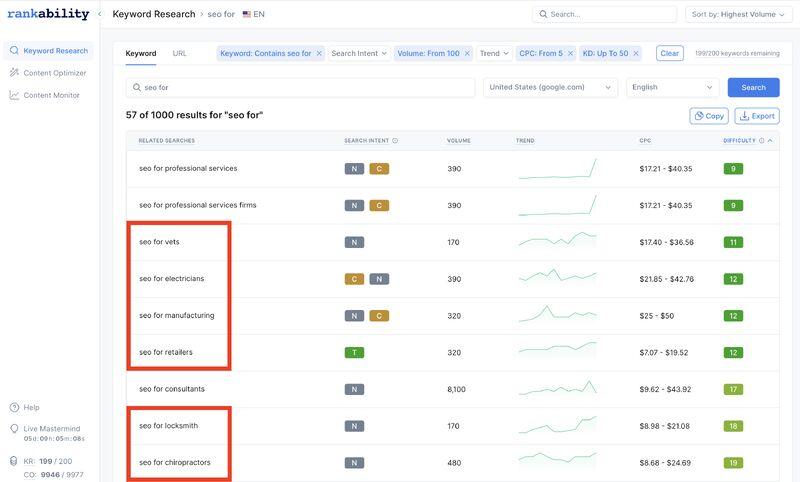
Integration:
- Promoting Content: SEM can be used to promote high-value content pieces, driving immediate traffic to blog posts, whitepapers, videos, and more.
- Audience Insights: SEM provides data on what types of content resonate with your audience, informing your content creation strategy.
- Remarketing: Use SEM to retarget visitors who engaged with your content but did not convert, keeping them engaged with additional content or offers.
Impact: SEM boosts the reach of your content marketing efforts, ensuring that your valuable content is seen by a wider, more targeted audience.
3. Social Media Marketing
Explanation: Social media marketing involves using platforms like Facebook, Instagram, Twitter, and LinkedIn to promote products, services, and brand messaging.
Integration:
- Cross-Platform Campaigns: Use SEM to drive traffic to social media campaigns and vice versa. For instance, social media can drive awareness, while SEM can capture intent.
- Unified Messaging: Ensure that ad copy and visuals are consistent across SEM and social media channels for cohesive branding.
- Audience Retargeting: Retarget visitors who engaged with your social media ads using SEM, reinforcing your message and encouraging conversions.
Impact: Combining SEM with social media marketing amplifies reach and engagement, creating a seamless experience for users transitioning between platforms.
4. Email Marketing
Explanation: Email marketing focuses on sending targeted messages to subscribers to nurture leads and drive sales.
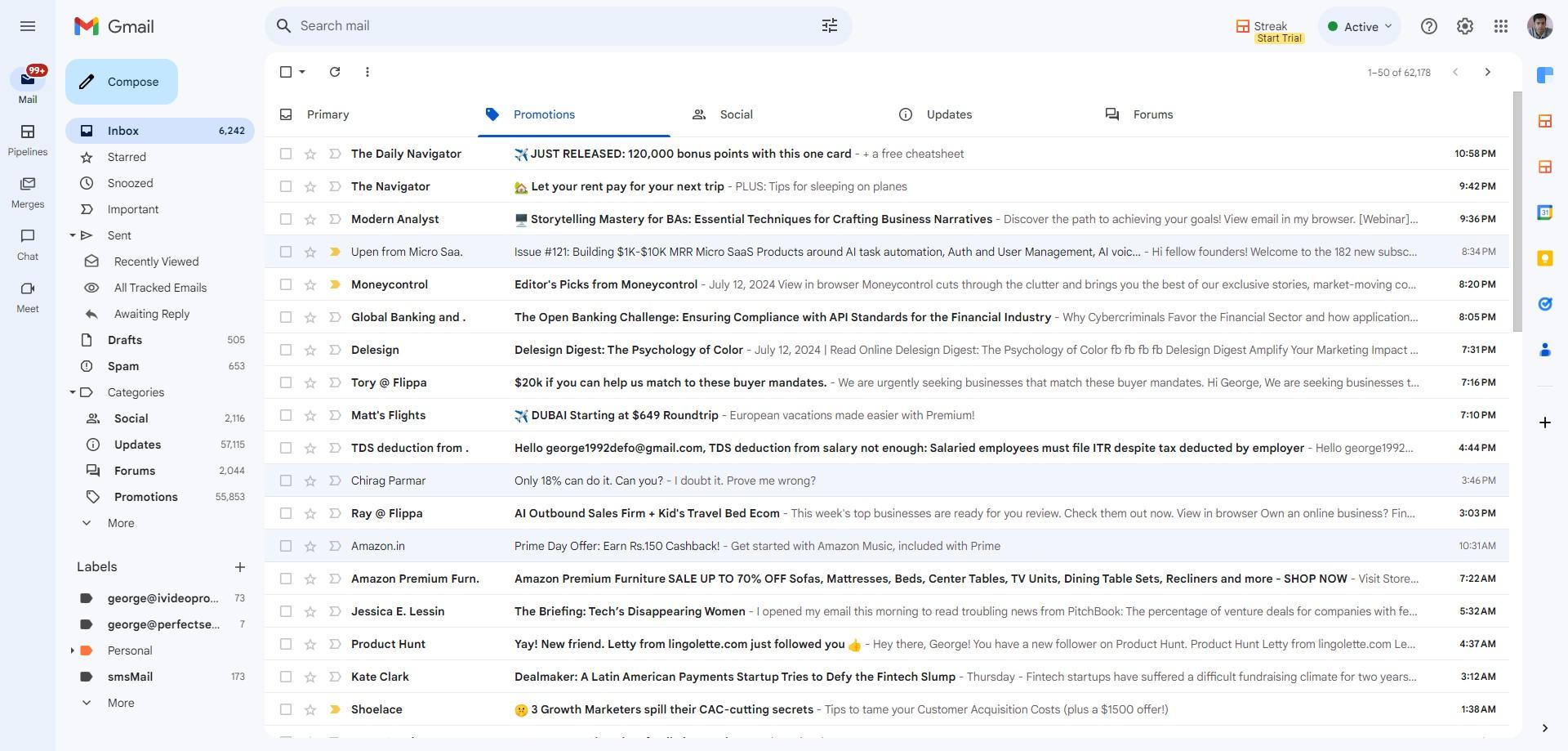
Integration:
- Lead Generation: Use SEM to drive traffic to landing pages where visitors can subscribe to your email list.
- Segmentation and Personalization: Use SEM data to segment your email list and personalize messages based on user behavior and preferences.
- Nurturing Campaigns: Retarget users who clicked on your SEM ads but didn’t convert with tailored email campaigns.
Impact: Integrating SEM with email marketing enhances lead generation and nurturing efforts, resulting in higher conversion rates and better customer retention.
5. Affiliate Marketing
Explanation: Affiliate marketing involves partnering with affiliates who promote your products or services in exchange for a commission.
Amazon grew its business on the back of successful affiliate marketing.
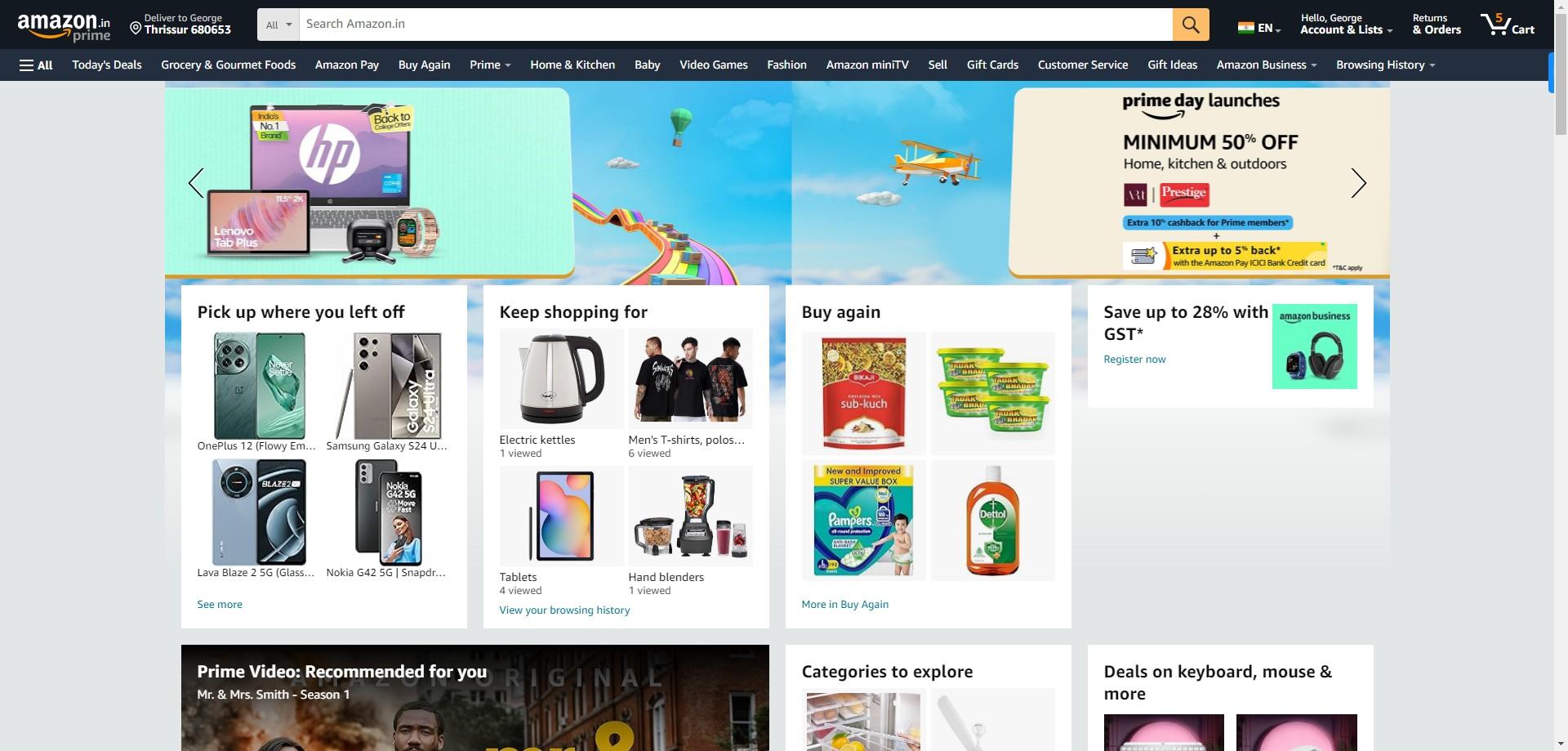
Integration:
- Support Affiliates: Use SEM to create landing pages that affiliates can direct traffic to, ensuring a consistent user experience.
- Increased Reach: SEM campaigns can drive additional traffic to pages that affiliates are promoting, boosting overall sales.
- Performance Data: Share SEM performance data with affiliates to help them optimize their marketing strategies.
Impact: Supporting affiliate marketing with SEM can expand your reach and drive more sales through a network of motivated partners.
6. Public Relations (PR)
Explanation: PR focuses on managing a company’s reputation and building relationships with the media and the public.
Integration:
- Amplify PR Efforts: Use SEM to promote press releases, news articles, and media coverage to a broader audience.
- Crisis Management: During a PR crisis, SEM can be used to manage the narrative by promoting positive content and official statements.
- Brand Building: Integrate SEM with PR campaigns to strengthen brand messaging and visibility.
Impact: Combining SEM with PR enhances brand visibility and helps control the narrative during both positive campaigns and crisis situations.
Conclusion
Search Engine Marketing is a powerful tool that offers numerous benefits to businesses looking to enhance their online presence, attract targeted traffic, and drive conversions. By leveraging the immediate visibility, targeted advertising, cost-effectiveness, and other advantages of SEM, businesses can achieve significant growth and success in the competitive digital landscape. Whether you’re a small startup or an established enterprise, understanding and utilizing the benefits of SEM can help you reach your marketing goals and maximize your ROI.




